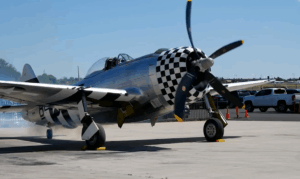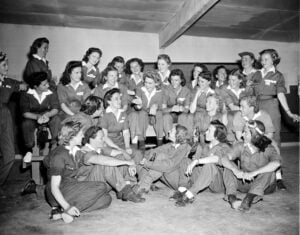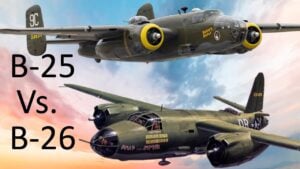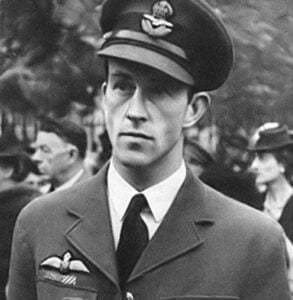What the Germans thought about Italian Fighter planes
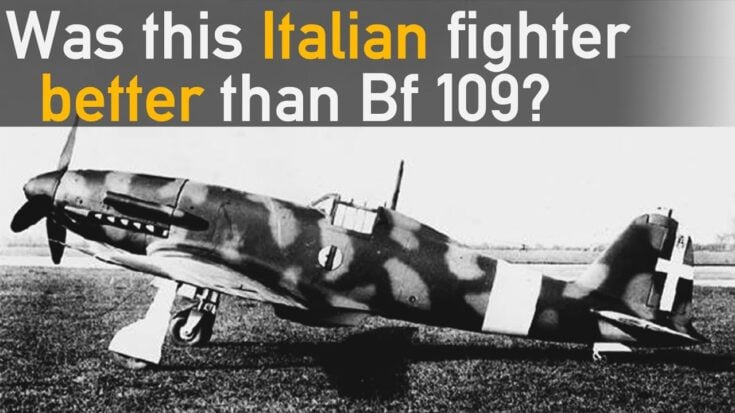
Military Aviation History / YouTube
During WWII, the Germans had the chance to evaluate several Italian fighters—and out of the lineup, one aircraft stood out. But did it really live up to the hype?
Aircraft Comparison
In 1943, the German military took a close look at four Italian fighters: the Fiat G.55, the Macchi C.205V and C.205N, and the Reggiane Re.2005. According to a file unearthed by Chris from Military Aviation History in the German Military Archives, these test flights took place on February 18 and 21, 1943.
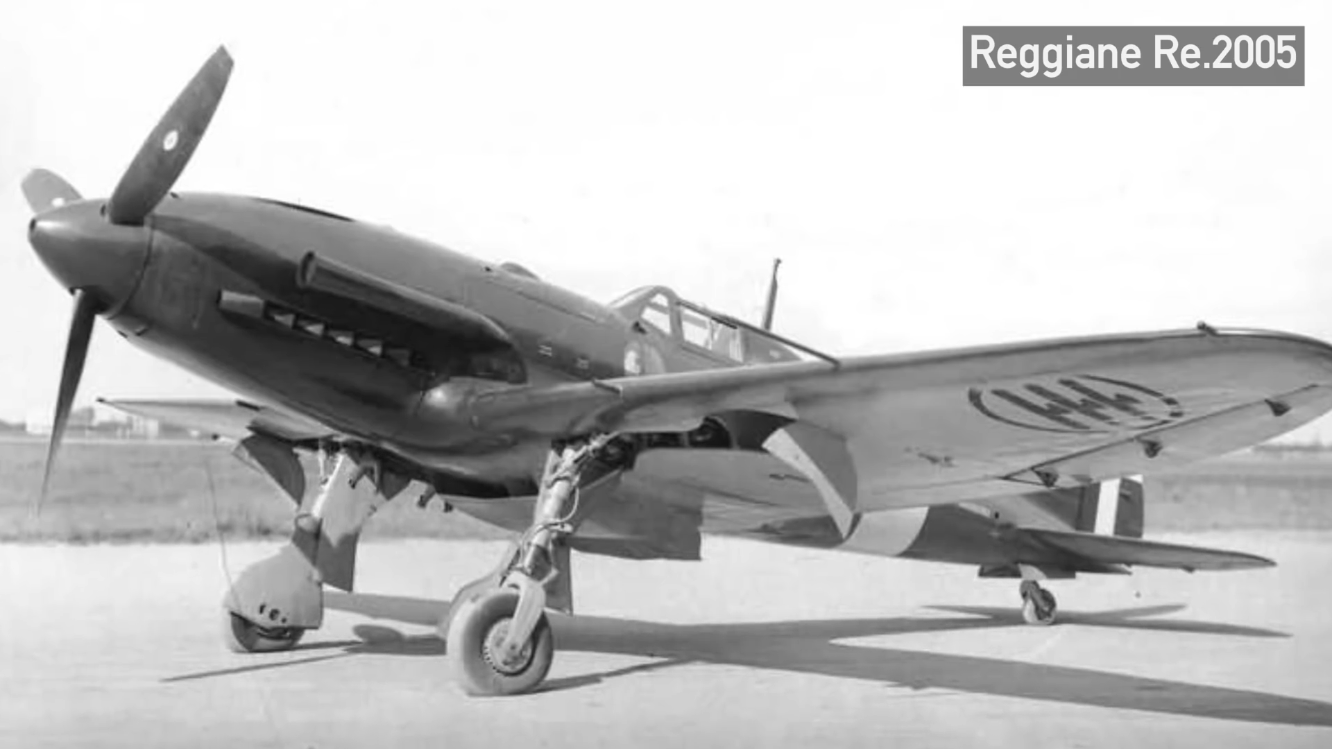
The evaluation report was broken into three parts: general impressions, tactical-technical comparisons, and conclusions—each categorized by aircraft type.
When it came to performance, the Germans quickly zeroed in on one aircraft as a standout: the Fiat G.55. They rated it superior among the four Italian machines, especially when comparing design features to their own Bf 109 and Fw 190.
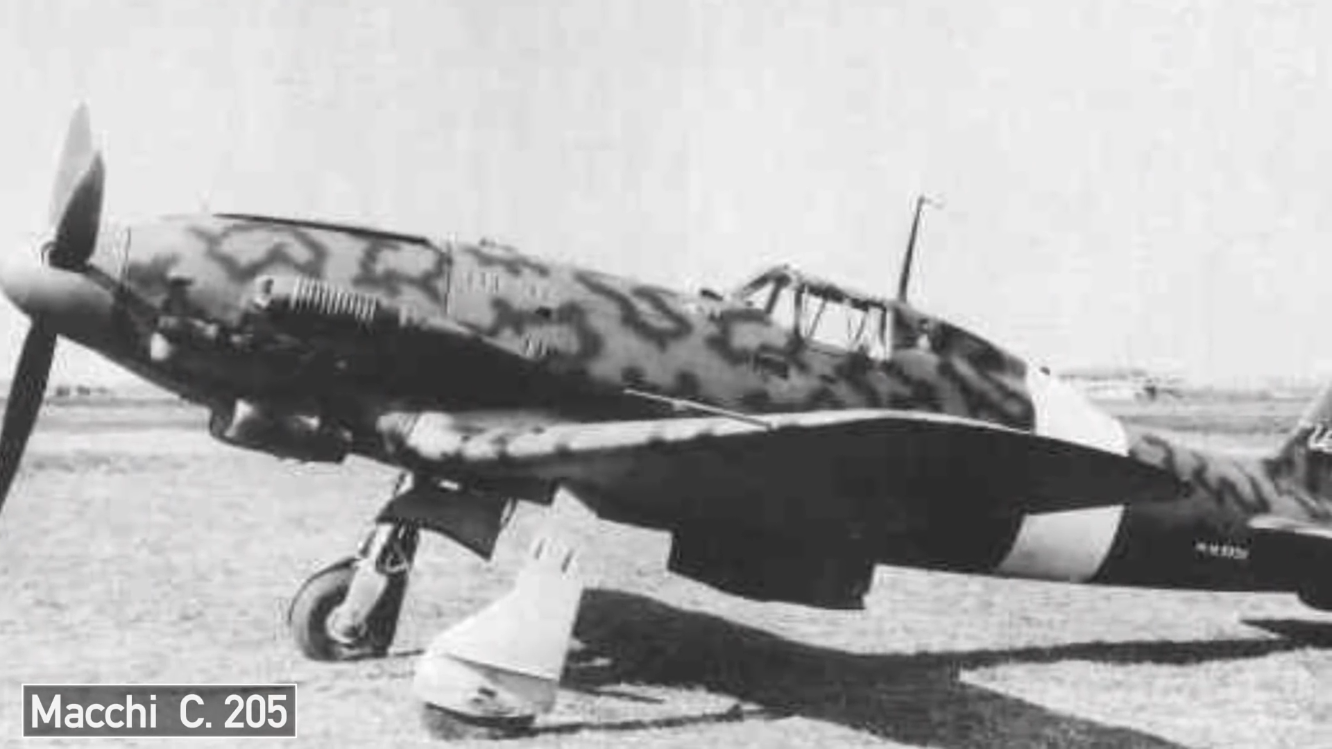
They praised the G.55’s greater wing surface area, better aspect ratio, and lower wing loading—all contributing to solid aerodynamic efficiency. But it wasn’t all praise. The report noted that “the flying characteristics weren’t as good as the Bf 109 G-4 or Fw 190 A-5,” and that visibility from the cockpit—a critical factor in combat—was actually worse than either German fighter.
Final Thoughts on the Fiat G.55
Here’s what the Germans concluded:
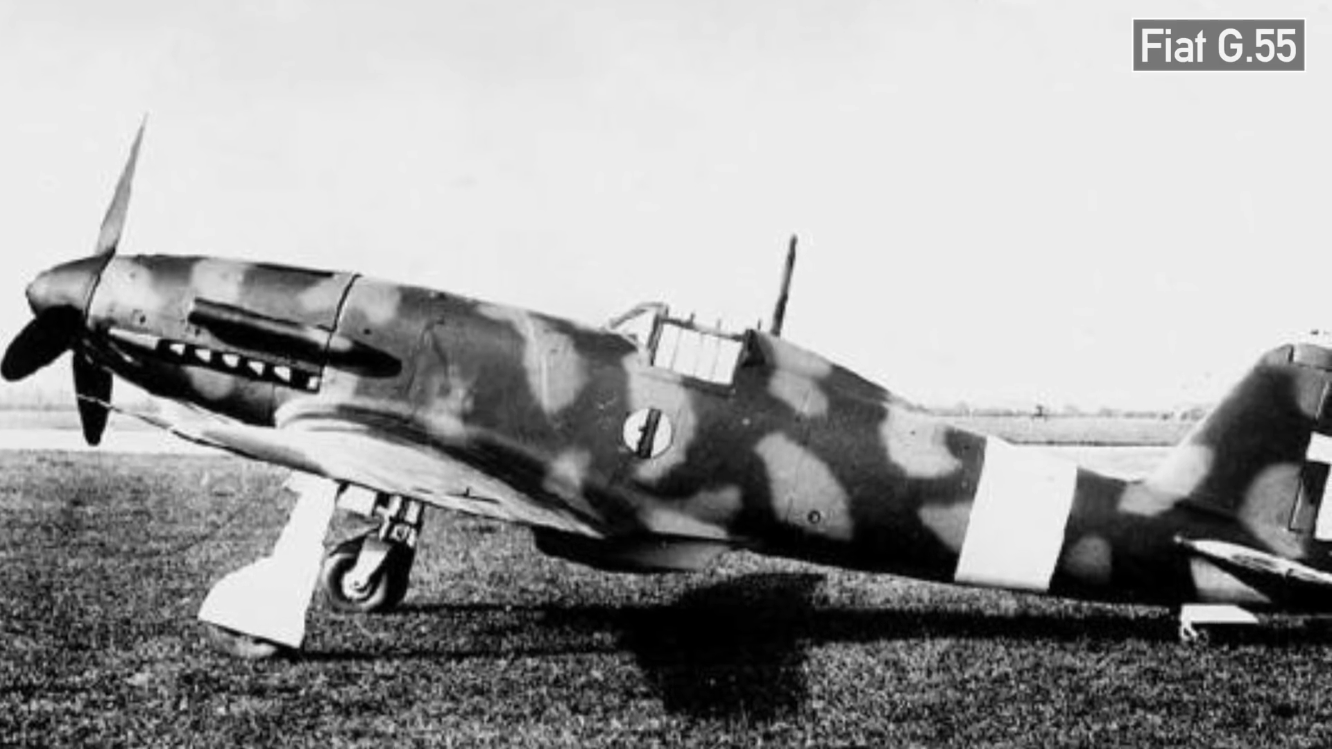
-
Aileron control: High
-
Rudder authority: Could be better
-
Roll rate: Not quite as nimble as the Bf 109
-
Turning ability: Tight and responsive, though “slightly unsteady as a gun platform”
-
Stall behavior: Comparable to the Spitfire
-
Visibility: Limited when nose-high
-
Takeoff and landing: Relatively easy
-
Fighter-bomber use: Not ideal due to gear and radiator layout
-
Tropical operations: Suitable due to its size and airflow design
So while the G.55 checked several boxes, it didn’t quite outshine the German designs it was measured against.
From the German Perspective
It’s fascinating to see how the Germans viewed their Axis partner’s aircraft. The Fiat G.55 may have topped the Italian contenders, but the report makes it clear: it wasn’t good enough to replace the Bf 109 or Fw 190.
The Germans admired the G.55’s design elements and flight qualities, but they weren’t about to ditch their proven platforms. And in the brutal calculus of wartime production, retooling factories for a foreign design—especially one with mixed reviews—made little sense.
So, while the G.55 earned respect, it never got a German stamp of approval as a true alternative.
What do you think? Should the Germans have leaned into the Italian designs more—or was their skepticism justified? Let us know in the comments!














